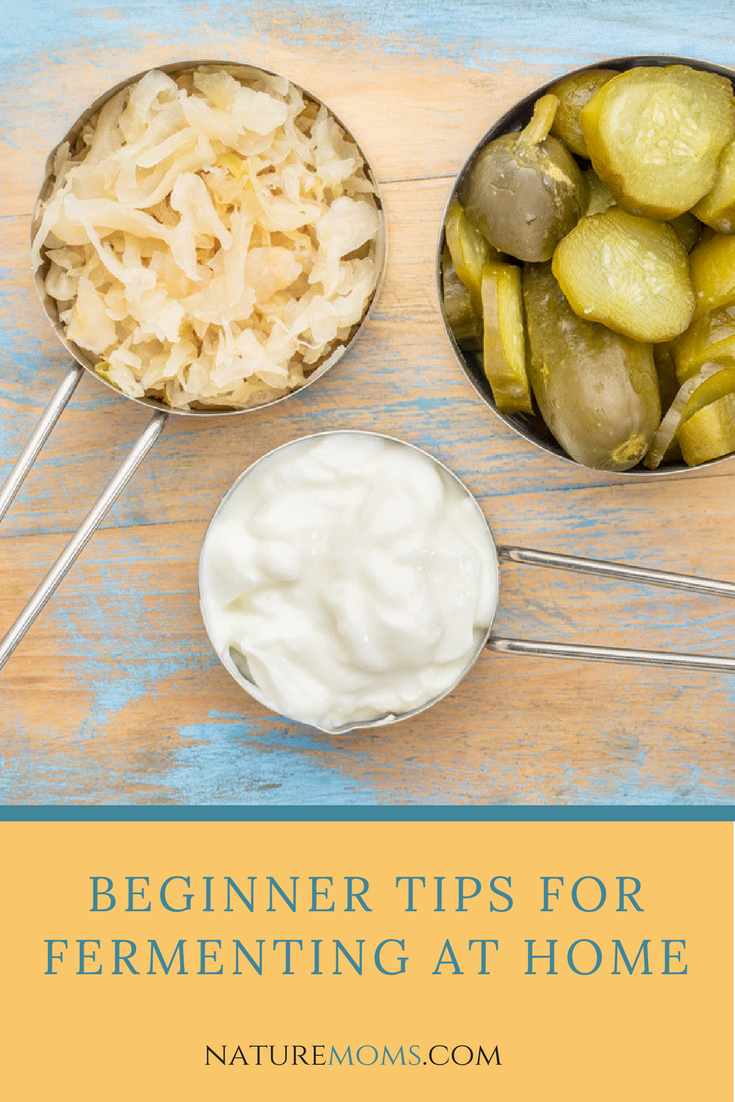 So, you have decided that probiotic rich, fermented foods may be for you and you want to add more to your diet. You already know the numerous health benefits, the categories of fermented foods, and how you want to use them. The problem is, that you may have some trouble finding all the foods that you want or at the very least finding them within your budget. When a single bottle of Kombucha can run nearly $4, that can make a dent in your food budget fast. If this sounds like you, you may have already looked into fermenting your own foods. Here are some beginner tips that can get you started on the right track.
So, you have decided that probiotic rich, fermented foods may be for you and you want to add more to your diet. You already know the numerous health benefits, the categories of fermented foods, and how you want to use them. The problem is, that you may have some trouble finding all the foods that you want or at the very least finding them within your budget. When a single bottle of Kombucha can run nearly $4, that can make a dent in your food budget fast. If this sounds like you, you may have already looked into fermenting your own foods. Here are some beginner tips that can get you started on the right track.
Start with Fermentation Kits
Kits are a great place to start if you are new to fermenting. There are several reasons for this. The first is that the kits will include everything you need to ferment the chosen food. There is no need to research all the different tools and ingredients and try to find them, they will be at the ready. The second reason for starting with kits is because they are often cheaper than trying to buy each piece you will need for the fermentation process. You will also receive step by step instructions as well as recipes to try later.
Stick with Foods You Already Love to Eat
You may already be eating fermented foods that you love, like yogurt, kombucha, sauerkraut, or pickles. It makes the fermentation journey that much more enjoyable when you try your hand at fermenting those foods yourself. The benefit of this is that you already know the flavors, textures, and methods you like of these foods. You know what you are looking for. You know what you like and it ls less likely that you will let fermented foods go to waste in the fridge. After all, you may have began this journey to save money, not waste it. Once you get the routines down for your favorite ferments then you may want to get more exotic and experimental.
Create a Ferment Storage Area
Make sure that if you are starting to ferment your own foods, you have a proper storage area them. Make sure that you know where you will be storing them, how best to store them, and for how long you will need to store them before they are ready to eat. The last thing you want is to have the foods ready to go and find that you do not have the adequate space or area to support the fermenting process. Do some research on the best ways to store your fermented foods and the temperatures you will need to maintain.
By utilizing these tips you can start on a path to fermenting your own foods. Once you learn the basic processes you will have a fermented food pantry that you can pull foods from just like a grocery store, at a fraction of the price. Your budget will be super happy and your health will too.





